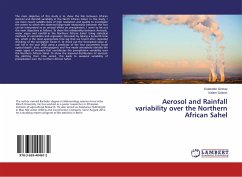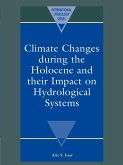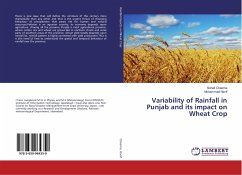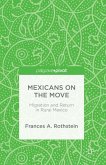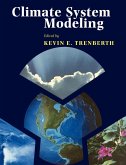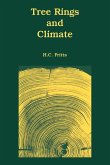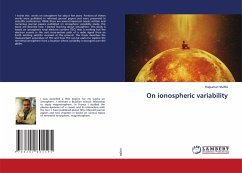Forest species growing at their ecological edge are particularly sensible to climate change and could provide important information regarding future forest ecosystem response as it constitutes an indicator of climate change. The understanding of hydroclimatic variability in northern Mexico and its effects on forest productivity, such as Basal Area Increment (BAI), may contribute with additional information for planning of wood yield of mixed conifer forests in such region. The objective of this study was to develop a representative Douglas-fir tree-ring chronology for western Chihuahua to reconstruct the seasonal rainfall for the last couple of centuries and to analyze the influence of the El Niño-Southern Oscillation (ENSO) on the inter-annual variability and its effect on BAI increment. The reconstructed precipitation (1850-2010) was correlated with the Niño region 3.4 indices (r = 0.45, p P2 per year respectively.
Bitte wählen Sie Ihr Anliegen aus.
Rechnungen
Retourenschein anfordern
Bestellstatus
Storno



